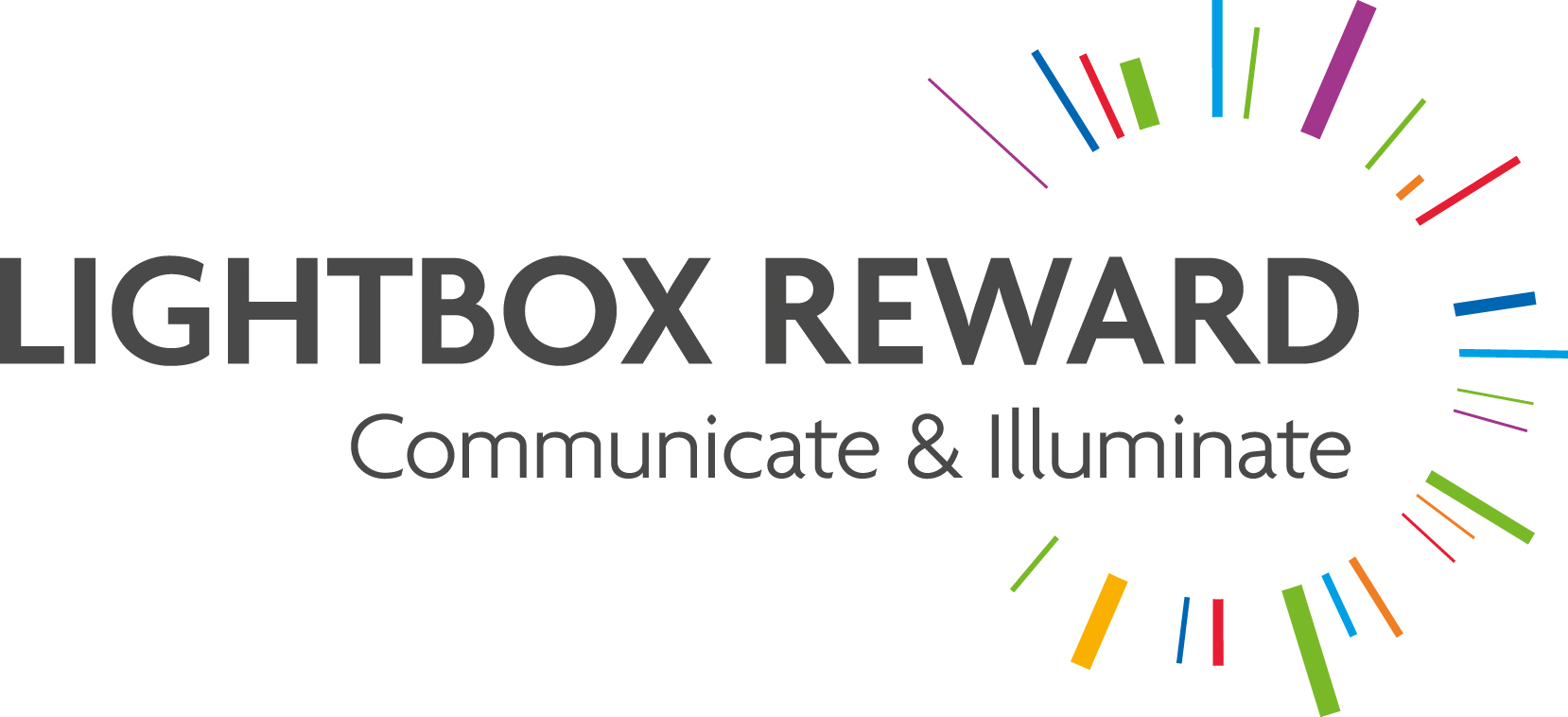Total Reward Statements have gone stale. Time for a fresh approach
Why employee benefits should be considered employee gifts
SEPTEMBER 2018
Oscar Wilde quipped that a cynic “knows the price of everything and the value of nothing”.
If this is the case, why do companies use Total Reward Statements to focus on the cost of their employee benefits?
Let’s start by thinking differently.
I suggest we start calling employee benefits, employee gifts. A definition of a gift is “a thing given willingly to someone without payment”. Salary is payment for services so referring to benefits as gifts seems to fit quite well.
Why do we give gifts?
Sheldon Cooper from “The Big Bang Theory” would argue that it is solely a “non-optional social convention”.
Some would say, rather nauseatingly, that gifts are given to make our friends and family happy and seeing the smile on their faces is reward enough for the act of giving.
As is so often the case, the truth lies somewhere in between. We want the recipient to value us more and we want to select a gift which demonstrates how well we know them. Ultimately, cementing our relationship.
This is demonstrated by how we behave when we give them.
We certainly want to be there in person but the interesting behaviour here is that we often proceed to explain the gift’s usefulness.
“I thought that painting would look lovely in your hall” or “I know how much you enjoyed your trip to Tuscany, I hope this Chianti will remind you of it” or maybe, for the very generous, “It has four-wheel drive, so you’ll never get snowed in again”
What we certainly do not do is include with the gift a printable statement showing how much the gift costs. Is this not exactly what employers are doing with their Total Reward Statements?
Surely if we consider benefits as gifts we need to explain to our employees why they should be valued. Why that Income Protection plan is so valuable. Why the Cycle to Work scheme can make them fitter, healthier and save them money. How the pension scheme can give them a comfortable retirement.
Designed by the team at Lightbox Reward, The Total Value Statement does just this. It demonstrates the value of employee benefits (or gifts) and seeks to emphasise their usefulness. To complement this, more detailed information on each gift is just a click away.
What about appropriateness?
My apologies for turning to another person wiser than me to make my final point. American Essayist, Charles Dudley Warner, once said, “The excellence of a gift lies in its appropriateness rather than its value”.
Value, in this context is taken to mean cost. Appropriateness is only achieved in the context of employee gifts by educating on the value and allowing employees to choose for themselves.
I am, of course, referring to what is commonly known as “Flex”.
Come and have a chat to find out how we can make your employee gifts, valued and appropriate.
…and yes, if you insist, we’ll do your Total Reward Statements too.

